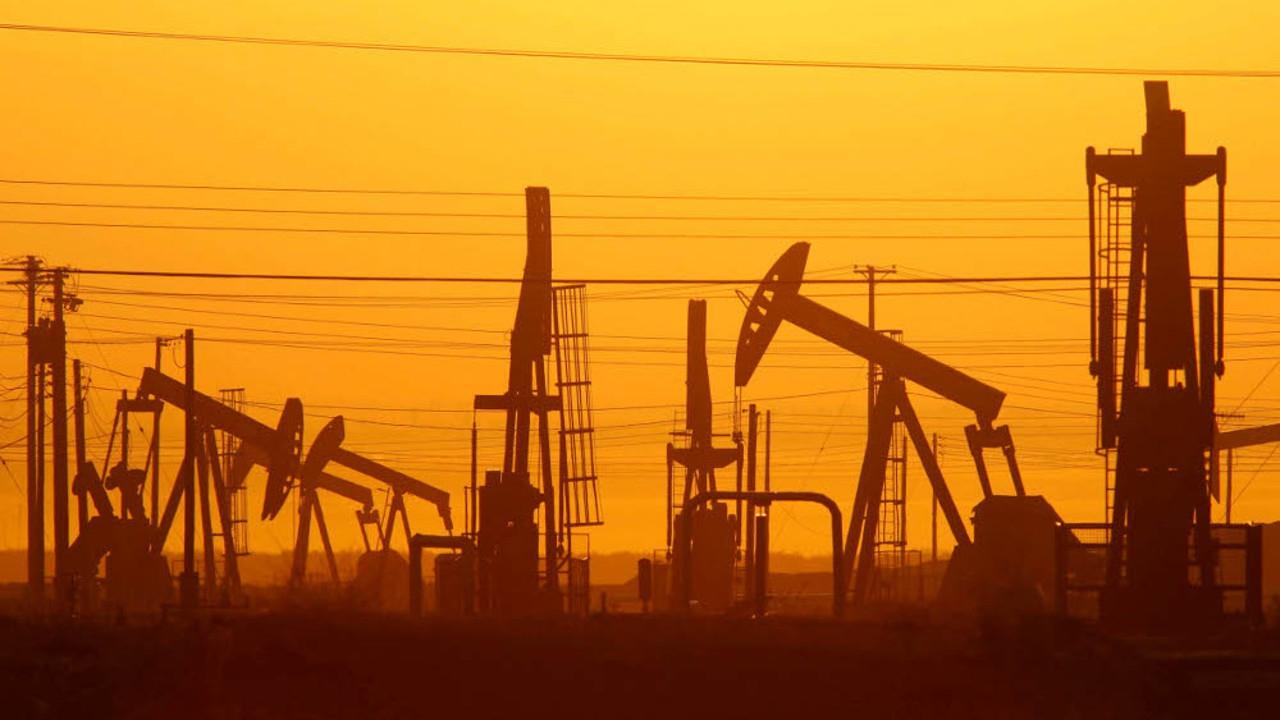How BHP harnessed the commodity price rebound
It’s BHP’s strong operational discipline that has maximised the benefits of recent commodity price exuberance.

The underlying attributable profit of $US3.24 billion BHP reported for the half is a dramatic improvement on the meagre $US412 million it generated in the same half of 2015-16, when BHP abandoned its progressive dividend policy after a statutory loss of $US5.7bn.
What it appears to reflect is the leverage the group has built into its model after four years of focusing on reducing unit costs, improving the productivity of its operations, simplifying its portfolio and being very disciplined on how it deployed its capital.
With $US1.2bn of further productivity gains in the December half to build on the $US11bn of annualised gains BHP says it has extracted from its operations over the past four years, the group generated free cash flows of $US5.8bn. Unit cost gains across most of its portfolio and stronger commodity prices fell straight through to its cash flows.
While the stronger commodity prices added $US3.5bn to earnings before interest, tax, depreciation and amortisation (EBITDA) and the reduction in unit costs $US1.1bn, there was very little leakage from the impact of the swollen margins.
That is testimony to the operational discipline and leverage Andrew Mackenzie and his team have spent nearly four years baking into the BHP business model.
The rebound in cash flows has enabled BHP (with a $US2bn benefit from fair value adjustments generated by interest rate and currency movements) to reduce net debt by $US6bn within the six months, from $US26.1bn to $US20.1bn, strengthening an already-solid balance sheet.
It has also enabled the group to top up the payout ratio-based formula BHP adopted when it ditched its progressive policy last year. Where it was targeting a ratio of 50 per cent, which would have resulted in a US30 cents a share interim dividend, it has declared a US40c a share dividend for a payout ratio of 66 per cent.
What is impressive about the result is that the average prices it received for two of its key commodities, iron ore and oil, were only modestly above those experienced in the previous corresponding period.
The average oil price was $US45 a barrel against the $US42 a barrel of the previous period (and $US39 a barrel for the full 2016 financial year). And the average iron ore price achieved was $US55 a tonne, against the $US43 a tonne realised in the first half of last financial year.
Oil prices have been steady at around $US55 a barrel since the start of this year and iron ore prices have risen above $US90 a tonne.
It was iron ore which drove a large proportion of the gains — it generated just over 40 per cent of EBITDA and about $US1.3bn of the increase in underlying earnings before interest and tax (EBIT) — but BHP’s petroleum business also made a significant contribution, with a loss of $US199m in the previous corresponding half transformed into a $US360m profit.
The massive improvement in metallurgical coal prices, which more than doubled relative to the same half of last financial year, drove a similar transformation in the contribution of coal to BHP’s EBIT. Where it incurred a loss of $US342m last year it generated $US1.6bn of EBIT in the latest half.
Copper went from a modest contributor ($US101m) to a significant one ($US914m).
What would please Mackenzie and his board is that, for the first time since the commodity prices crashed, all of the commodity groups are in positive territory. While iron ore did produce just over 40 per cent of the group’s earnings, each of the other three key commodities contributed close to 20 per cent.
With the end, from the start of this year, of OPEC’s ill-fated and horrendously expensive attempt to drive US shale production from the market, the outlook for the petroleum business has improved significantly. In the latest half, even BHP’s much-maligned and largely dormant onshore US business was cash flow positive.
With a question mark over the sustainability of the current iron ore price — there’s an argument that there’s been structural change in China’s steel and coal sectors that supports higher demand for higher-quality steelmaking ingredients, but there’s also an expectation that China’s steel production is likely to slow — a rebound in the cash flows and earnings of petroleum would restore the benefits of BHP’s diversified model that disappeared over the past couple of years.
While Mackenzie is starting to dial up capital expenditures, largely in petroleum, BHP remains in capital conservation mode. Capital and exploration expenditure was down 38 per cent at $US2.7bn for the half.
It will be similar in the second half and rise to about $US6.3bn in the full 2018 financial year, largely because of BHP’s successful tender for the Trion discovery in the Gulf of Mexico and the recent go ahead for its $US2.2bn share of the Mad Dog Phase 2 project in the Gulf. But it is clear that the group is determined not to let up discipline on capital allocation in an environment where there is considerable volatility and uncertainty.
Mackenzie does have latent growth options. The improved oil price could enable BHP to ramp up US onshore activity and production.
While there is industrial action at Escondida, BHP is within sight of a massive infrastructure investment program at the Chilean project, with the third concentrator to be reintegrated by the middle of this year, allowing a surge in copper production.
Mackenzie has said previously that for quite modest amounts of capital he can, if he wishes, extract very large volume gains from his existing and far more focused portfolio of large high-quality assets. He doesn’t need to embark on acquisitions or greenfields projects to generate gains in volume and value.
With the increased dividend, a share price that has risen more than 55 per cent since this time last year, a stellar result and a maiden dividend from South32 — the demerged ex-BHP collection of assets that many BHP shareholders still are exposed to — BHP shareholders ought to be well-pleased with the results of both companies.
Their performances this half, incidentally, do tend to support the view that intelligently constructed demergers create value through the increased focus and the more efficient allocation of capital they enable.
For BHP it has meant a much simpler and more efficient portfolio operating model and, as the latest result and its predecessors have demonstrated, the ability to maximise the leverage to any improvement in its key commodity prices while remaining resilient through the troughs of the commodity price cycles.




It isn’t just the massive rebound in profitability reflected in the BHP Billiton half-yearly result that is impressive, but the way in which the improved commodity price environment flowed through to its bottom line.